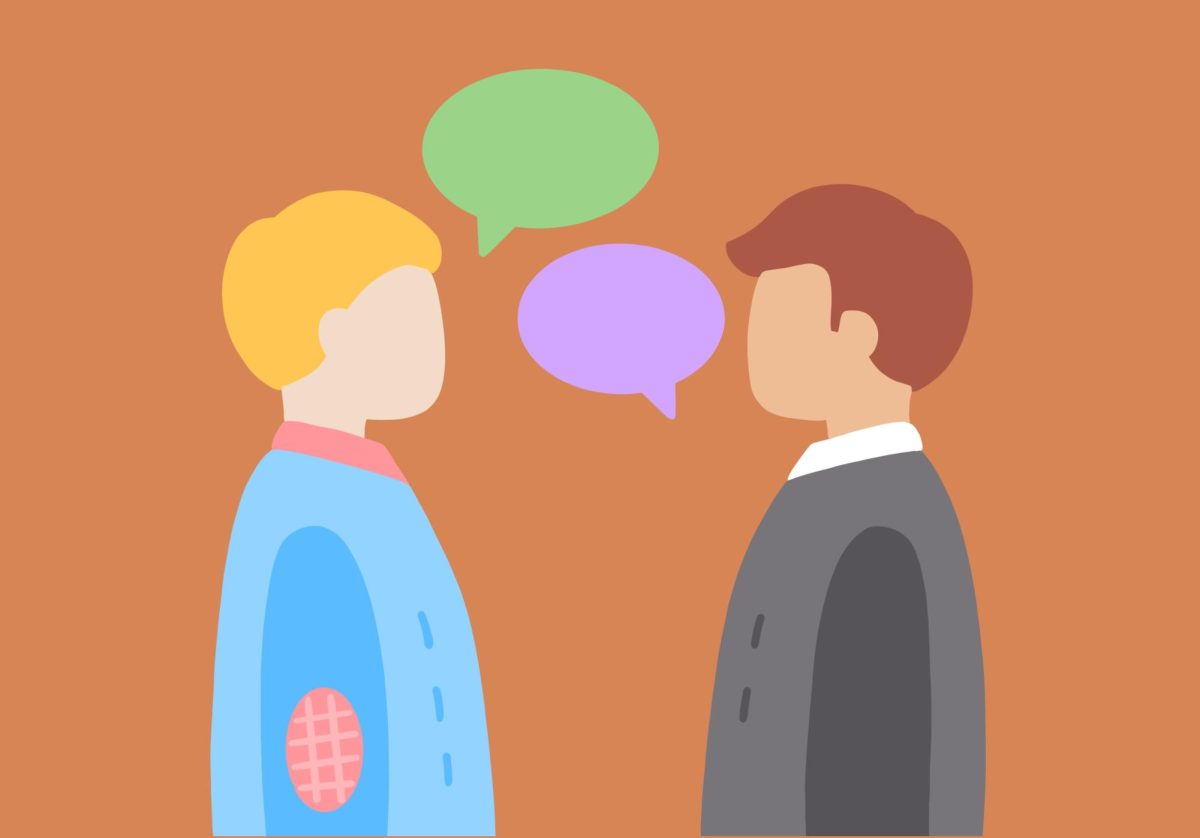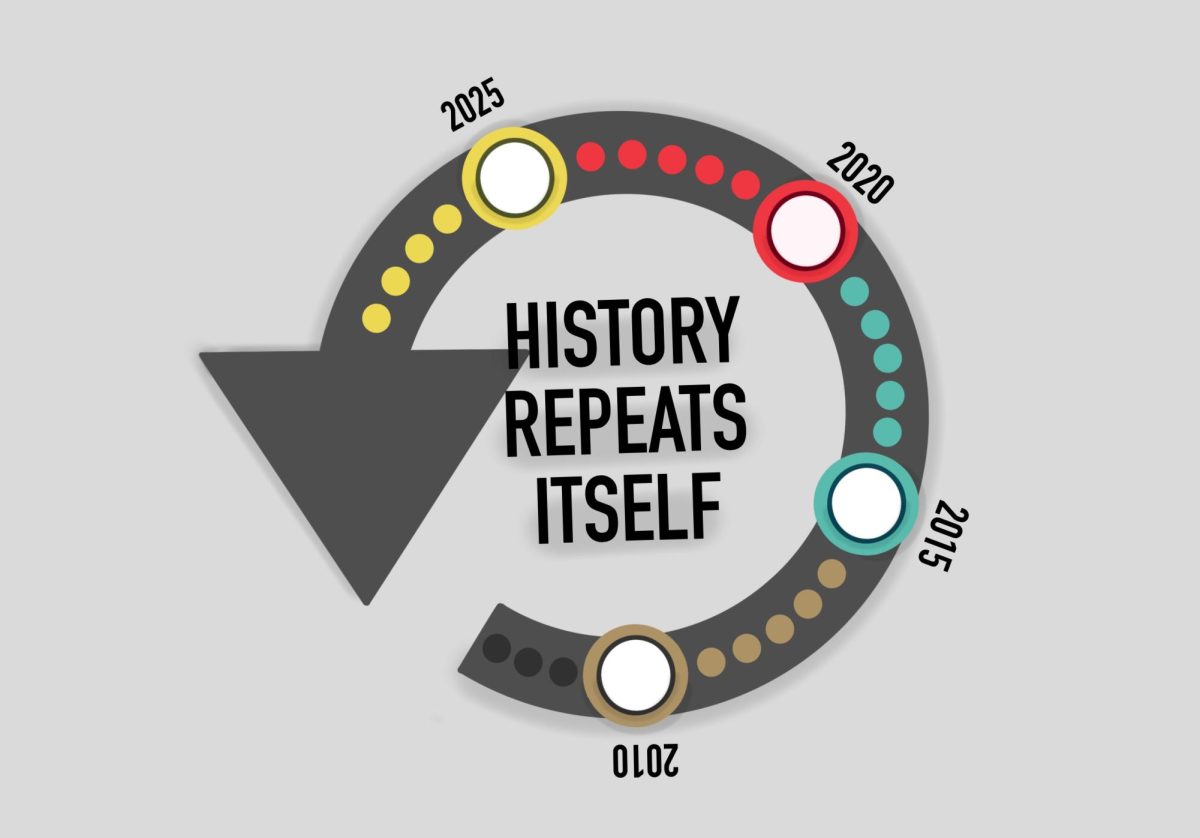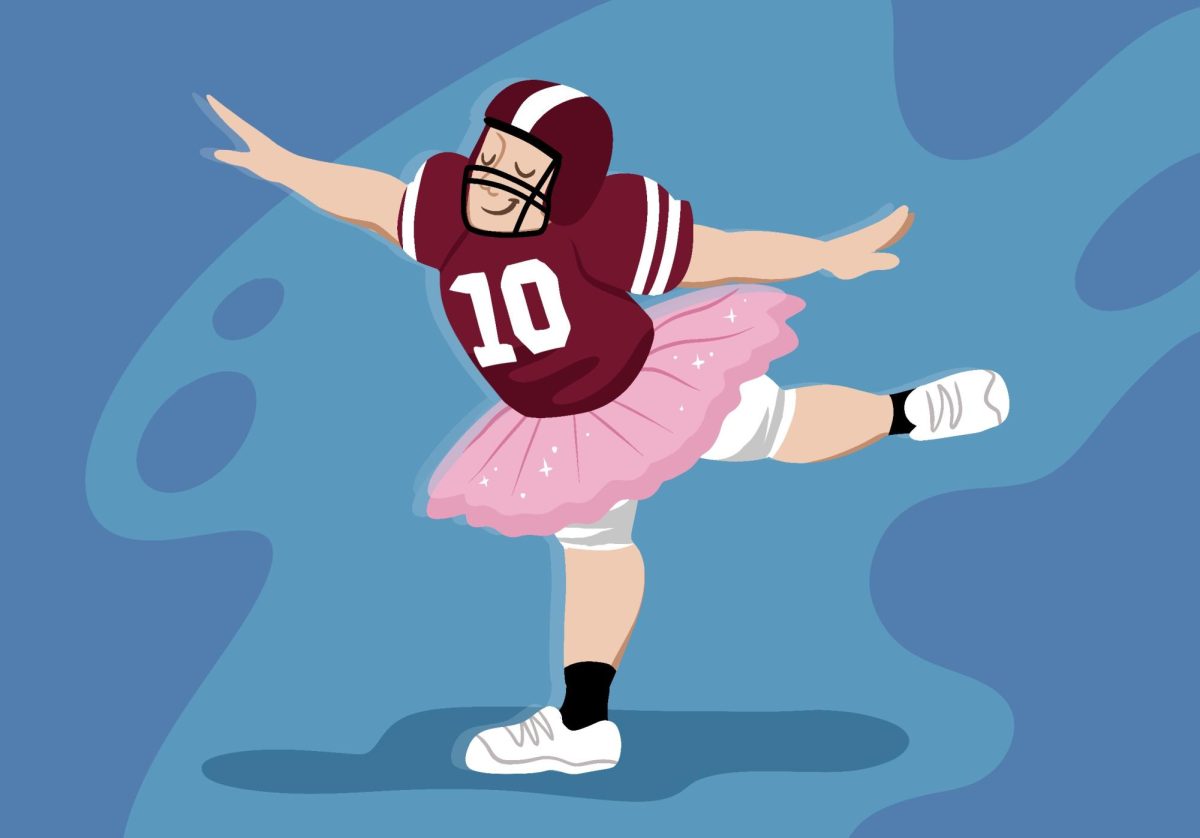After reading the article titled, “University of Minnesota members take steps to reduce their plastic footprint” from the Feb. 28 issue of the Minnesota Daily, I felt compelled to respond. I encourage others to look closely at the plastic they use in their life.
As a University of Minnesota student that spends my time advocating for the environment, I often have students come up to me happily exclaiming: “Don’t worry about me! I am so environmentally friendly! I recycle almost everything!” I often don’t have the heart to tell them that although recycling may seem like the answer, this practice is actually contributing to the large amount of waste that is overtaking the planet.
The article shares grim details of the plastic problem: “Only 9 percent of plastic material is actually recycled. … Around 79 percent of plastic ends up in landfills or in the environment.” This statistic can be overwhelming and makes others feel their individual actions of refusing plastic are not enough to spark change. This is where my work and environmental education plays a crucial role in teaching others that we each have the power to do something beneficial for the environment.
Each time you use plastic, you can’t be sure it’s getting recycled, so avoiding the use of plastic is truly the best option for being environmentally friendly. It’s easy to avoid plastic in your daily life, such as daily Starbucks cups (buy a reusable thermos). It’s also easily forgotten that almost all our day is spent interacting with plastic. Using a plastic toothbrush, plastic toothpaste container, plastic bottles for shampoo and conditioner, plastic razor, plastic soap bottle — and that is just plastic that is a part of most morning routines. This does not include the plastic we use on a daily basis that we may forget about.
The best advice I can give to someone who is trying to be environmentally friendly is to do a plastic audit. This shows you how much waste you dispose of throughout the course of your day. Then, you should try to find sustainable alternatives when it’s time to replace those items.
Remember, each individual action can contribute to the pollution problem. Choose actions that are part of the solution.
Bailey Tangen is an environmental science, policy and management student at the University of Minnesota.
This letter has been lightly edited for clarity and grammar.







